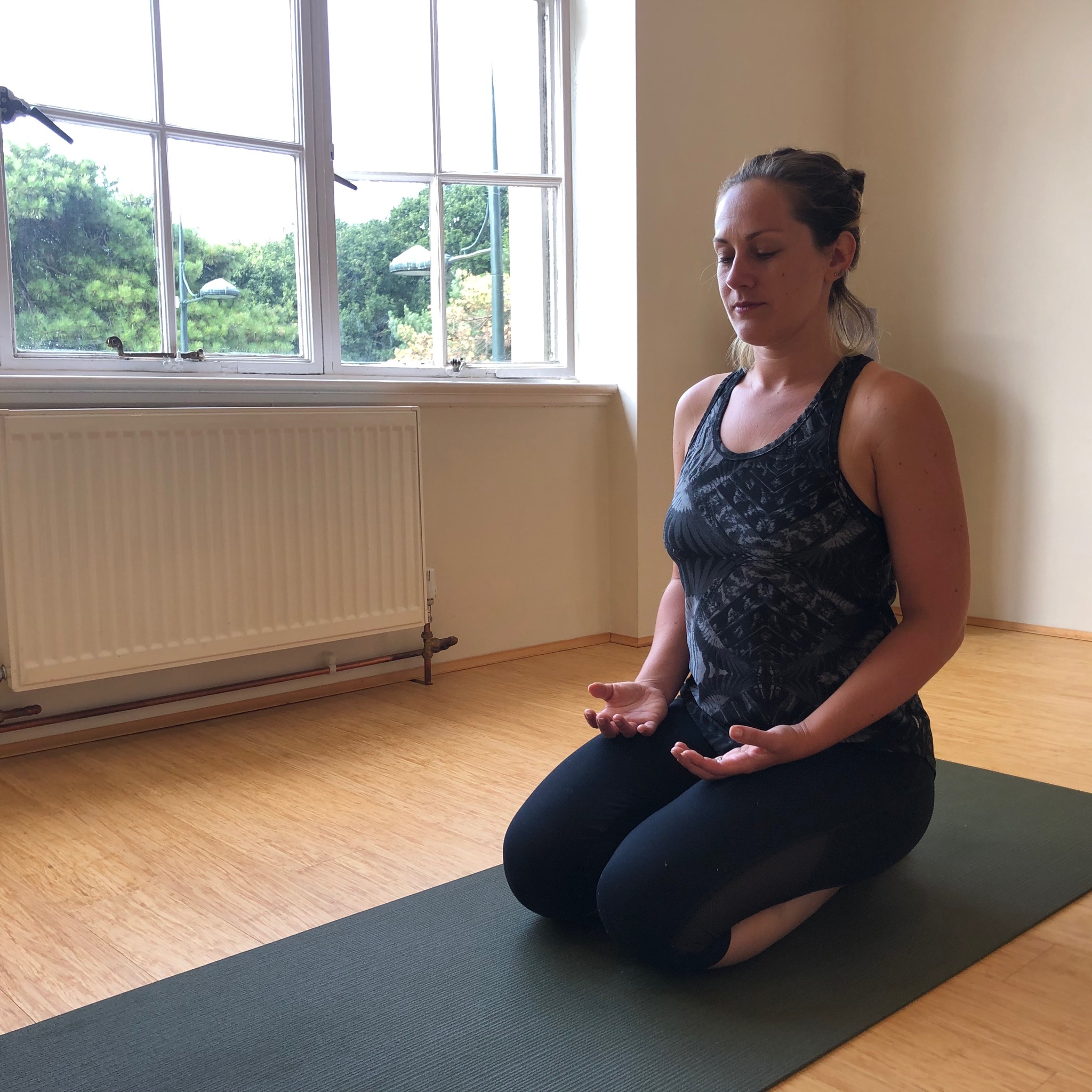SELF-AWARENESS
What is self-awareness? How is it helpful? Self-awareness involves being aware of different aspects of the self in order to develop emotional intelligence. Cultivating self-awareness can help you learn to be happier in your life by getting to know your emotions and learning to step away from those that are irrational. Part of self-awareness is acknowledging and thinking about your thoughts and feelings and asking yourself “why am I feeling this particular way?”
What many of us lack is a sense of being present – the ability to pay attention to your thoughts, how you feel and what you are experiencing in your body here and now. Especially in the age of camera phones and social media – we have pictures to remember happy times with family and friends – but before we realize it the moment is gone and we weren’t experiencing those moments in their authentic form. Mindfulness gives you the ability to enhance your self-awareness – to appreciate the present and what’s going on in the here and now. You can learn to be in tune with your present environment – and avoid getting sucked into the facade of multi-tasking.
Mindfulness for the most part suffers from a major misconception: stopping your thoughts and entering a state of thoughtless calm is not mindfulness. Being mindful is simply about paying attention. Mindfulness is learning to be with your thoughts, feelings and bodily sensations and listening to them, cultivating a sense of curiosity and generosity towards the self.
One of the best ways to practise mindfulness is through meditation. A simple meditation is to sit and be aware of your breath in the moment – 10 minutes each morning is enough to notice the differences in your breath, in your body and in your emotions. You can use a body scan to notice any physical changes to your breath, to your muscle tension or to your heart rate. You can further develop self-awareness by doing a body scan after a stressful day at work, or before and after watching a movie to notice the physiological changes that occur as a result of emotional arousal.
MINDFULNESS MEDITATION
- Begin by getting comfortable in a seated position.
- Close your eyes – realize you are allowing yourself this time to move away from the outside world and become aware of your breath.
- When a thought arises simply acknowledge that you are thinking – then come back to your breath.
- Notice what thoughts keep on arising (with a kind non-judging attitude) and again come back to your breath.
- Check in with your senses at the end of the practice and notice if anything’s changed.
